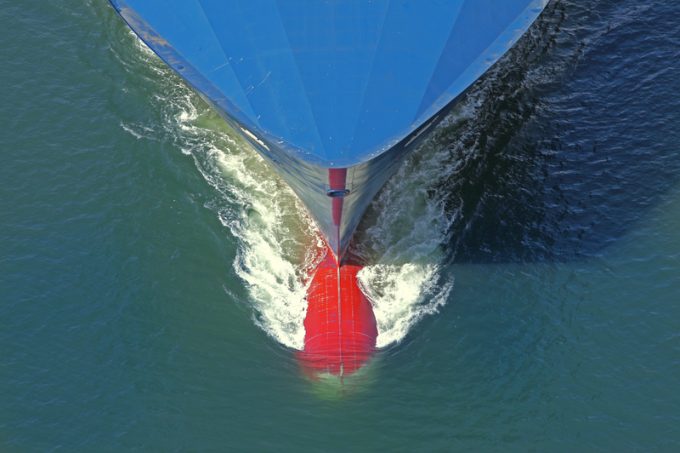Trend for vertical integration may not be right for multimodal transport
Carriers and shippers with ambitions to be integrators looking to “take the forwarder out” of ...

Shortsea shipping lines in Northern Europe are facing a fight for survival as demand weakens and rates plummet.
As in the deepsea sector, shortsea container carriers and feeder lines are having to adjust to a reduction in demand across their networks.
For example, according to Alphaliner data, Aarhus-based Unifeeder has reduced its capacity by more than 25,000 teu in the past year, a 17.9% decline in its fleet.
The consultant said DP World subsidiary Unifeeder had streamlined its services connecting North Europe with ...
Transpacific sees first major MSC blanks as rates fall and volumes falter
'It’s healthy competition' Maersk tells forwarders bidding for same business
Opposition builds for final hearing on US plan to tax Chinese box ship calls
White House confirms automotive tariffs – 'a disaster for the industry'
New price hikes may slow ocean spot rate slide – but for how long?
Supply chain delays expected after earthquake hits Myanmar
Good start for Gemini, liner schedule reliability data reveals

Comment on this article